#raymond huntley
Text


Christopher Lee, Peter Cushing, and Raymond Huntley in The Mummy (1959).
#the mummy 1959#christopher lee#peter cushing#raymond huntley#1959#1950s movies#terence fisher#hammer horror#hammer films
42 notes
·
View notes
Text

#So Evil My Love#Ray Milland#Ann Todd#Geraldine Fitzgerald#Leo G. Carroll#Raymond Huntley#Martita Hunt#Raymond Lovell#Moira Lister#Roderick Lovell#Lewis Allen#1948
4 notes
·
View notes
Text
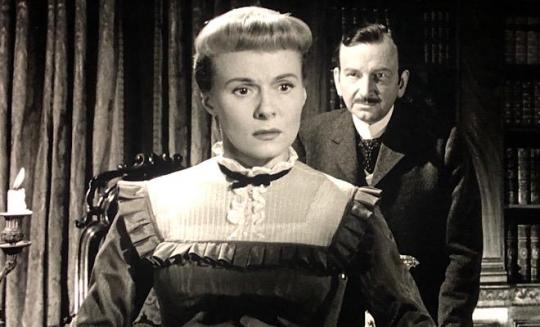
Ann Todd-Raymond Huntley "So evil my love" 1948, de Lewis Allen.
3 notes
·
View notes
Photo
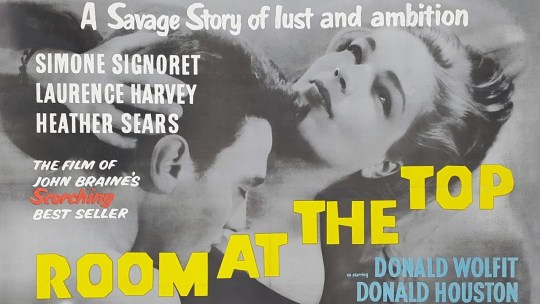
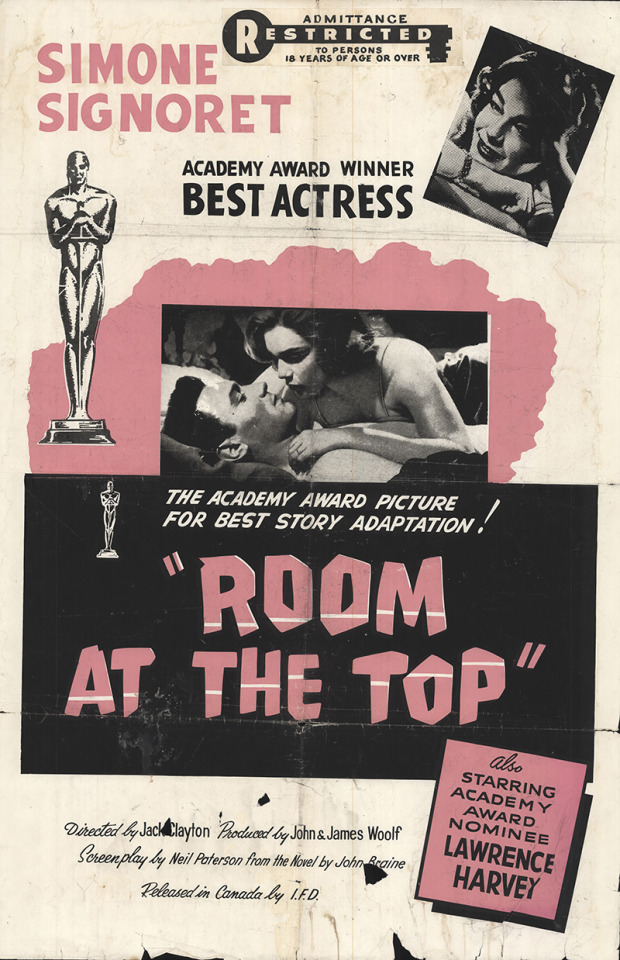

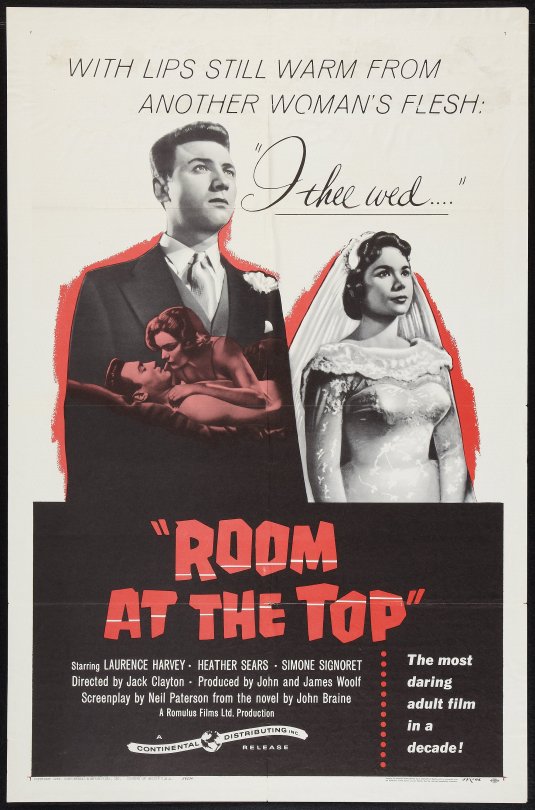

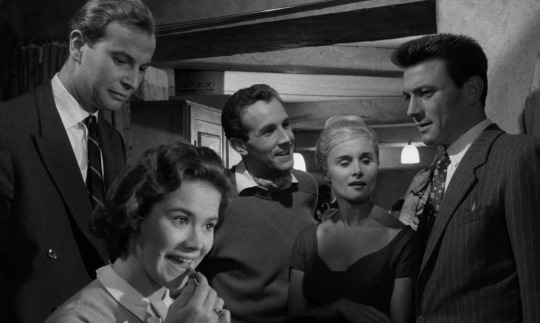
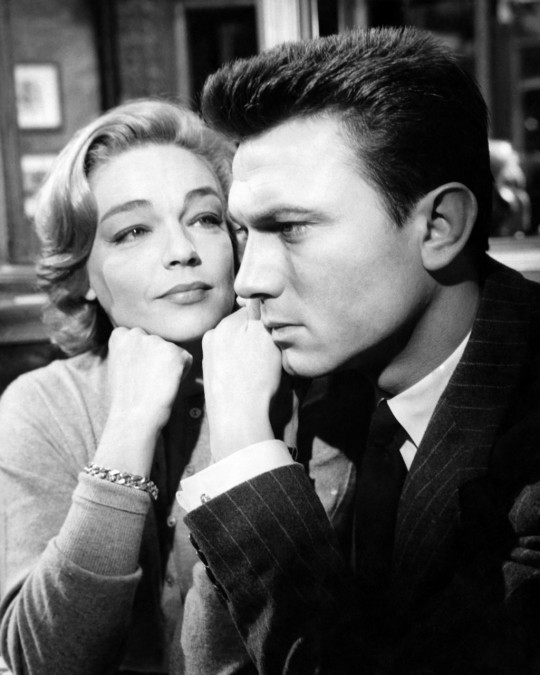


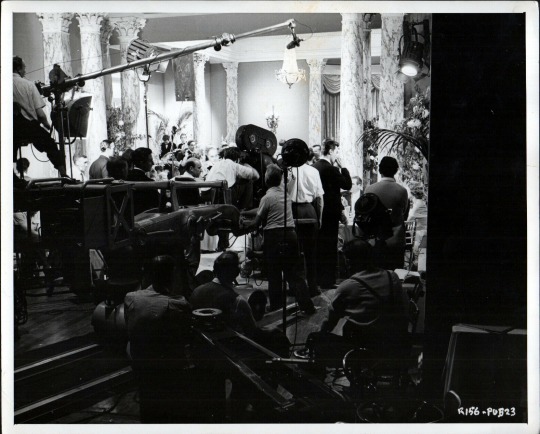
Room at the Top (1959) Jack Clayton
February 5th 2023
#room at the top#1959#jack clayton#laurence harvey#simone signoret#heather sears#donald houston#donald wolfit#richard pasco#hermione baddeley#john westbrook#ambrosine phillpotts#allan cuthbertson#raymond huntley#mary peach
9 notes
·
View notes
Photo
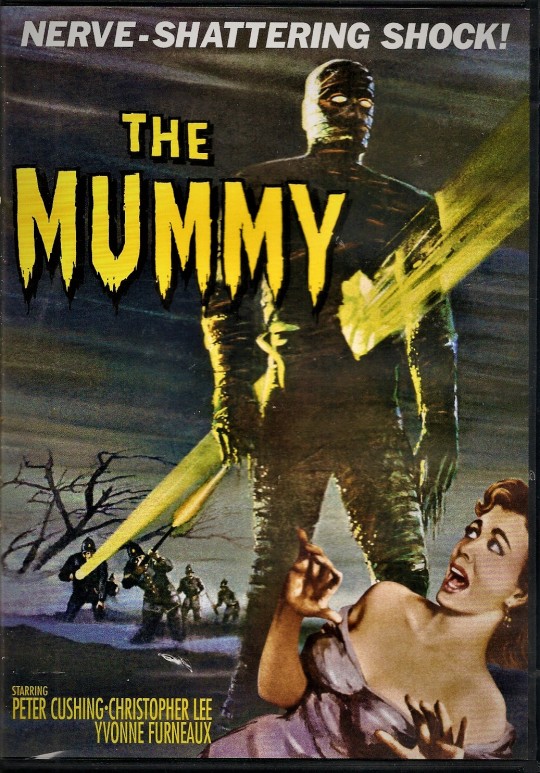
Bad movie I have The Mummy 1959
#The Mummy#Peter Cushing#Christopher Lee#Yvonne Furneaux#Eddie Byrne#Felix Aylmer#Raymond Huntley#George Pastell#Michael Ripper#George Woodbridge#Harold Goodwin#Denis Shaw#Gerald Lawson#Willoughby Gray#John Stuart#David Browning#Frank Sieman#Stanley Meadows#Frank Singuineau#Ernest Blyth#James Clarke#Arthur Dibbs#John Harrison#Frederick Rawlings#George Spence#Roy Stewart
2 notes
·
View notes
Photo
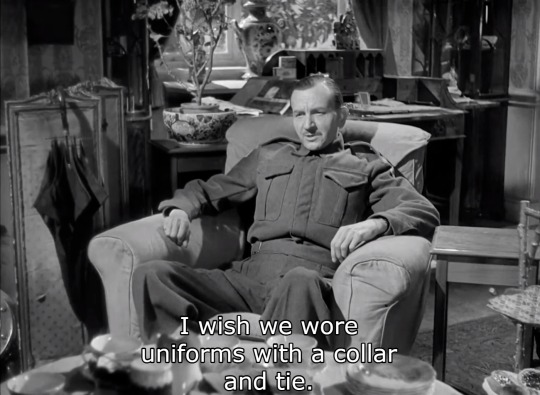
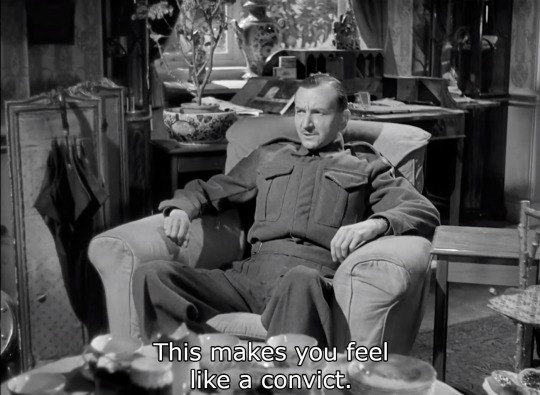

The Way Ahead(1944)
#film#the way ahead#the immortal battalion#1944#raymond huntley#jimmy hanley#john laurie#stanley holloway#james donald#hugh burden#leslie dwyer#carol reed#40s#world war ii#wwii#vintage#fave#...
13 notes
·
View notes
Audio
Your hosts are incredibly excited for the next highly anticipated horror from Hammer Film Productions... it's THE MUMMY (1959) from director Terence Fisher, writer Jimmy Sangster, and starring Peter Cushing, Christoper Lee and George Pastell!
Will these legends of horror continue with their winning streak, or will the mummy's curse of tepid horror strike again?
Context setting 00:00; Synopsis 33:35; Discussion 46:48; Ranking 1:13:36
#podcast#the mummy#hammer horror#hammer film productions#terence fisher#jimmy sangster#michael carreras#peter cushing#christopher lee#yvonne furneaux#george pastell#jack asher#alfred cox#james needs#franz reizenstein#universal pictures#eddie byrne#felix aylmer#raymond huntley#michael ripper#george woodbridge#horror#classic horror#universal monsters#kharis#imhotep#boris karloff#tom tyler#lon chaney jr
2 notes
·
View notes
Text
'So Evil My Love' – Victorian noir on Criterion Channel
The deliciously-titled So Evil My Love (1948) takes film noir to Victorian London and adds a Gothic twist of lust, jealousy, and betrayal.
Ann Todd stars as Olivia Harwood, the widow of a missionary on a voyage home from the Caribbean to a joyless life in England. She’s disillusioned and a little bitter at the hand she’s been dealt, but she’s briefly pulled out of her self-pity when she helps…

View On WordPress
#1948#Ann Todd#Blu-ray#Criterion Channel#DVD#Geraldine Fitzgerald#Leo G. Carroll#Lewis Allen#Ray Milland#Raymond Huntley#So Evil Me Love#VOD
1 note
·
View note
Text
Raymond Huntley (23 April 1904 – 15 June 1990)
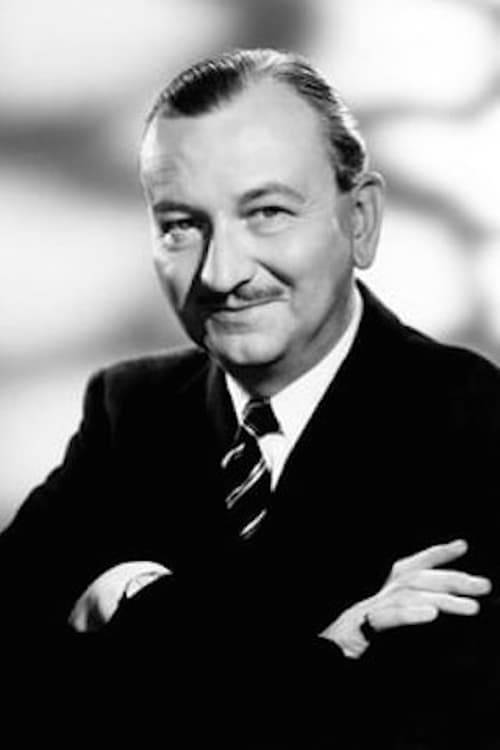
Born in Birmingham, Raymond Huntley was adept at portraying bank managers (Passport to Pimlico), Doctors (two episodes of Hancock's Half Hour), Judges (The Pure Hell of St. Trinian's), Knights of the realm (The Green Man), Colonels (The Black Torment), Vicars (Nurse on Wheels) and other such figures of varying authority in both comedy and drama. Over 150 credits to his name his role in Passport to Pimlico takes some beating but who can honestly say they wouldn't travel back in time to watch him portray Dracula on the London stage. Huntley was given the opportunity to reprise his performance on Broadway but, declining that privilege, opened the door for one Bela Lugosi.
"I have always considered the role of Count Dracula to have been an indiscretion of my youth," he recalled in 1989.

Another personal favourite is his performance as Pte Herbert Davenport in Carol Reed's The Way Ahead.
0 notes
Text





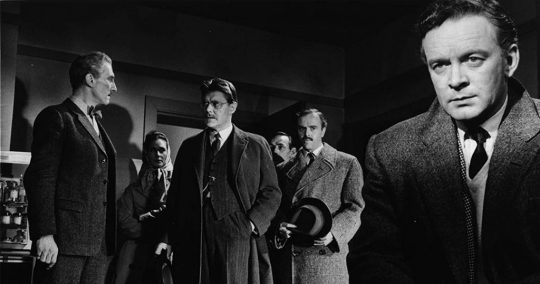
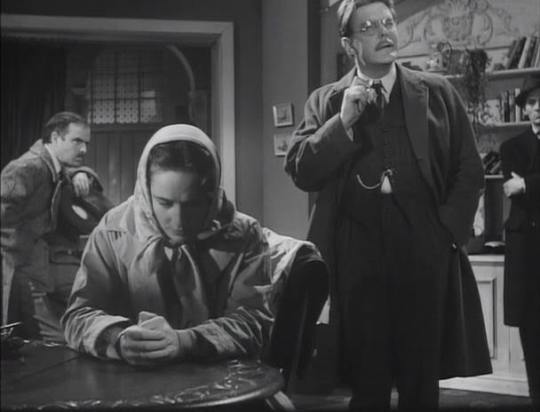



Suspect (The Risk, 1960)
"I'll be quite frank with you, Minister. Although I know nothing about politics, I've never felt that because I happened to be born in this country, it was the only country that mattered. I've tried to give it a fair return for what it has given me, and after that my loyalty is to the world. When you tell me it'd be treason to publish my work because some lunatic might use it to kill Englishmen, and I know that that stuff properly developed could save half a million lives outside this country, then I say it'd be treason to those half million if I don't."
#suspect#the risk#british cinema#1960#thriller film#john boulting#roy boulting#nigel balchin#tony britton#virginia maskell#ian bannen#peter cushing#thorley walters#raymond huntley#donald pleasence#kenneth griffith#spike milligan#robert bruce#anthony booth#basil dignam#sam kydd#geoffrey bayldon#cheap and cheerful cold war thriller apparently shot in 17 days; it does occasionally show. questions about duty and right and ethics and#scientific discovery are all very interesting but rather hand waved over at times in a clumsy and none too delicate way#far more interesting (or better dealt with shall we say) is the melodramatic love triangle between scientists Maskell and Britton and Ian#Bannen's double amputee Korean war veteran. Bannen is incredible in an incendiary role‚ helmed much better and with more nuance and more#depth than might have been expected for a 1960 quota quickie. he's pitiable and sad but never because of his disability; rather it's the#mental scars‚ that have wrapped him in double thinking and mistrust‚ and which lead him to coercion and calculated cruelty‚ which makes him#a tragic figure. much less successful is the comic business going on here. Thorley Walters' eccentric security man is a little over done#and rather obvious but looks positively oscar worthy next to a deeply misjudged comic relief part for Spike Milligan of all people
1 note
·
View note
Text
How the Dracula Stage Play Influenced Future Adaptations
So I wanted to let people know about the stage adaptation of Dracula, because it established a lot of tropes that have come to define the novel as well as vampire fiction in general, despite the fact that large changes were made when bringing the book to the stage. Sometimes, honestly, it seems like more adaptations pull from the play than the book. Okay:
The original stage adaptation of Dracula was written in 1897 by Stoker himself! Here you can see the manuscript in his own hand:
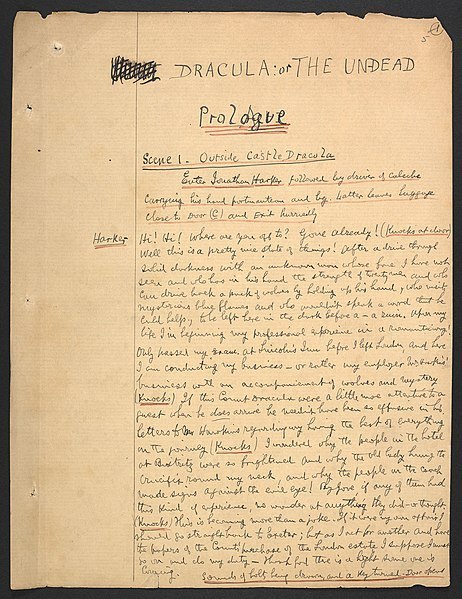
Apparently he hated how it turned out, because he called it “dreadful” and it was performed only once and then never again. The role of Mina was played by Edith Craig, a well-known figure in the suffragist movement and the daughter of Ellen Terry, Stoker's friend, whom he mentions in the book. The next attempt at adapting the novel would not be until the 1920s, after Stoker had died.
The 1924 adaptation by Hamilton Deane stays fairly close to the events of the novel. Some key points:
The entirety of the action takes place in the Harkers' house
Mina and Jonathan are already married
Dracula is already in England, and the storyline involving Jonathan as a prisoner of the Count has been omitted
To accommodate the female members of his theater troupe, Quincy is now a woman! Her name is still Quincy, and she is described as “feisty,” and is a close friend of Jonathan and Mina. (There don’t seem to be any photos from the 1924 play, sadly.)
It is in this first major adaptation that the idea of the Count as suave and debonair is brought into existence. This change is to allow Dracula to interact more easily onstage with the other characters, whereas in the book he stays an offscreen threat for large amounts of time. This is also the first instance of Dracula wearing a high-collared pointy cape, which was originally done to hide the actor better whenever Dracula had to “disappear” through trapdoors.
Here is Raymond Huntley as Dracula in the 1924 stage adaptation:
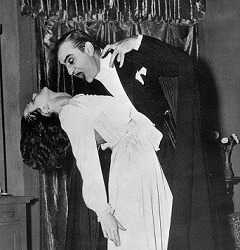
The play was a success, and quickly moved to Broadway:
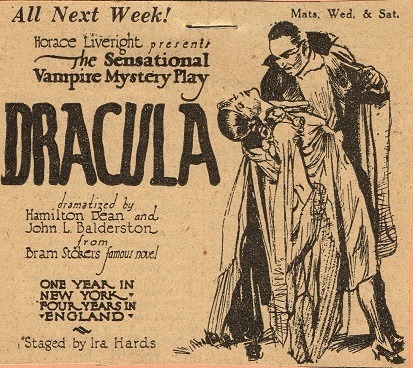
This version, adapted by John Balderston, was a complete revision not just from the book but from the 1924 stage play, and a LOT of changes were made:
Quincy, Arthur, and MINA have been removed from the story. Mina is mentioned as having died mysteriously before the play takes place.
Jonathan’s relationship to Dracula has been completely removed. He is not involved with bringing the Count to England at all. He is also now wealthy, and has traveled Europe extensively, where he has heard folktales about vampires.
Lucy is now engaged to Jonathan, and her last name is now Lucy Seward. This is because……..
John Seward has been aged up and is now Lucy’s father.
The action takes place at Seward’s house/asylum.
Renfield is allowed to just sort of…wander around Seward’s house when the plot requires him to be there. He gets dragged away by attendants whenever he needs to be offstage. He also survives.
The Broadway version also made large changes in characterization:
Lucy is weak and feeble when we meet her in the play. She is helplessly preyed upon by Dracula, and yet is sexually tempted by him when under a trance. She and Dracula share a passionate kiss at the end of Act II, right before she willingly exposes her neck for him to bite.
Jonathan is still concerned for Lucy as she is slowly turned, but he is more wary of her and goes along willingly with Van Helsing’s ideas regardless of how Lucy feels.
Renfield is portrayed as actively malicious, through fearful and subservient to the Count.
Seward is seen as a strong-willed father who leads his asylum with a firm and confident hand. He believes Van Helsing more readily when confronted with the existence of vampires.
Dracula himself is once again depicted as charming and suave, and he spends time during the first act as a mysterious but pleasant dinner guest of the Sewards.
Despite these massive revisions, the Broadway version was a hit, partially to due the charisma of Bela Lugosi, who originated the role. (Below is Bela Lugosi as Dracula along with Seward, Van Helsing, Jonathan Harker, and Renfield on the floor:)
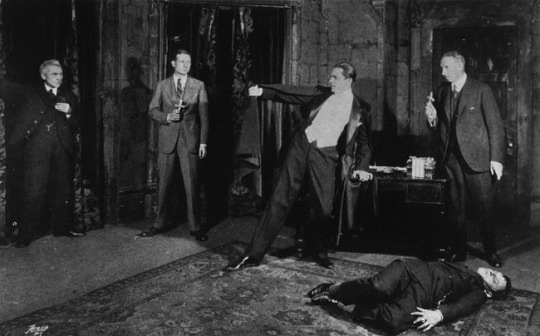
Bela Lugosi, of course would go on to star in the 1931 film adaptation. Other famous stage Draculas include Jeremy Brett and Frank Langella (Langella's revival would also give us this amazing Edward Gorey art:)

So we can see that the stage plays influenced many versions that would later come, as well as the idea of vampires in pop culture at large. It’s interesting how the motifs and themes we expect when we hear the word “Dracula” were actually the creation of people besides the author, and these differences don't seem to have been majorly disputed in the last 100 years. Has this happened with other classic novels? I'm not sure, but I'd love to see an accurate adaptation of Dracula in stage or film form, and see how it might influence filmmakers and directors for the future.
251 notes
·
View notes
Text
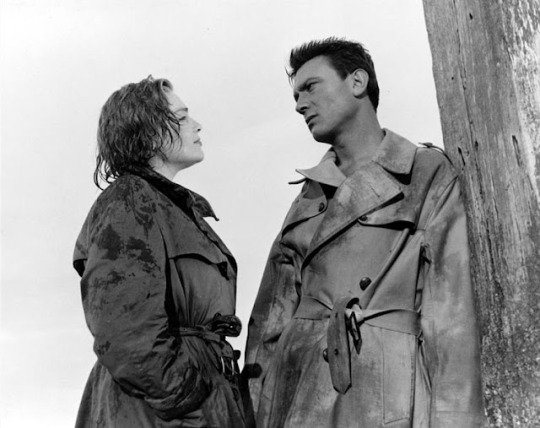
Simone Signoret and Laurence Harvey in Room at the Top (Jack Clayton, 1959)
Cast: Laurence Harvey, Simone Signoret, Heather Sears, Donald Wolfit, Donald Houston, Hermione Baddeley, Allan Cuthbertson, Raymond Huntley, John Westbrook, Ambrosine Phillpotts. Screenplay: Neil Paterson, based on a novel by John Braine. Cinematography: Freddie Francis. Art direction: Ralph W. Brinton. Music: Mario Nascimbene
Laurence Harvey's narrow eyes and sharpish features (and a long brush cut that makes him look a little like Clint Eastwood) provide the right wolfish look for Joe Lampton, a young man from the provinces on the make. Heir to such classic challengers to the class system as Stendhal's Julien Sorel, Balzac's Lucien de Rubempré, and Dreiser's Clyde Griffiths, Lampton is determined to break down the British barriers to upward movement. He arrives in the Yorkshire city of Warnley to take on a government job and walks right into a hormonal stew, the eager young men and women of his office casting eyes on one another, but especially on the newcomer. But Lampton knows what he wants when he sees her: a rich young woman named Susan Brown (Heather Sears), whose father is a local factory owner. Learning that Susan is a member of an amateur theatrical group, Lampton joins up, only to find himself edged aside by the well-to-do Jack Wales (John Westbrook), who is paying court to Susan. Every move Lampton makes to ingratiate himself with Susan, who is inclined to return his attentions, is thwarted by her parents, especially her formidably snobbish mother (Ambrosine Phillpotts). We sense Mrs. Brown's backstory: She has married rich herself, to a working-class self-made man, and is determined to keep climbing higher -- no lower-class Lamptons allowed. Determined as he is to win Susan, whose parents send her away on an extended vacation on the Riviera, Lampton comforts himself with another member of the theater company, Alice Aisgill (Simone Signoret), an older woman with a bullying, unfaithful husband. When Susan returns, Lampton resumes his pursuit of her, but finds that he has fallen in love with Alice, whose maturity offers something that makes Susan's girlishness seem cloying. When he manages to seduce Susan, he's bored and annoyed by her reaction to losing her virginity: She doesn't feel different, she simpers and keeps asking him if she looks different. But Susan gets pregnant, forcing the Browns into an accommodation with him: marriage and a lucrative job -- everything he wanted. The crisis with Alice this precipitates is predictable, but the film makes a sharp turn into melodrama before the ending. Room at the Top was a hit, winning Simone Signoret a best actress Oscar and Harvey a nomination (along with a nomination for Hermione Baddeley in the very small role of the friend who lends Alice her flat for the trysts with Lampton). It's a little slow in the middle section, as the affair with Alice progresses, and Harvey was an actor of limited range, so the shift from the predatory Lampton of the first part of the film to the man infatuated with Alice doesn't quite come off. But it's a perfect example of the Angry Young Men films, plays, and novels that revolutionized British culture in the austere postwar 1950s.
3 notes
·
View notes
Photo


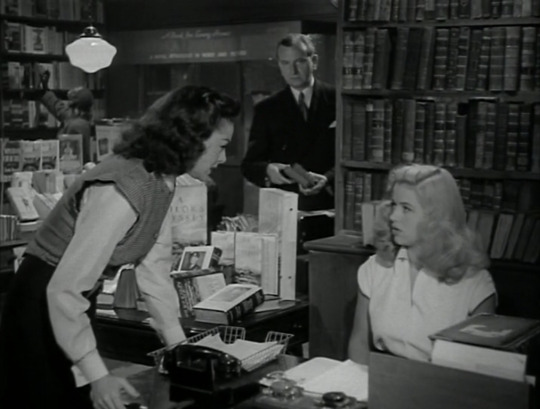


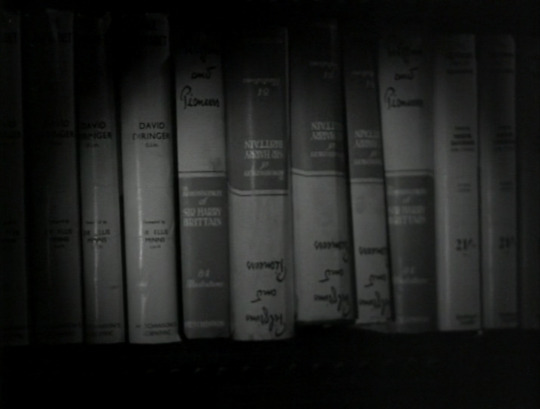
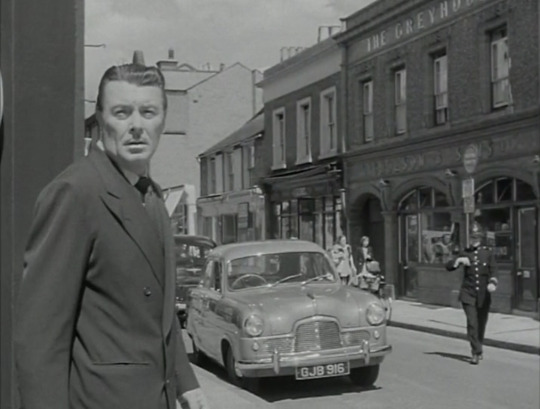
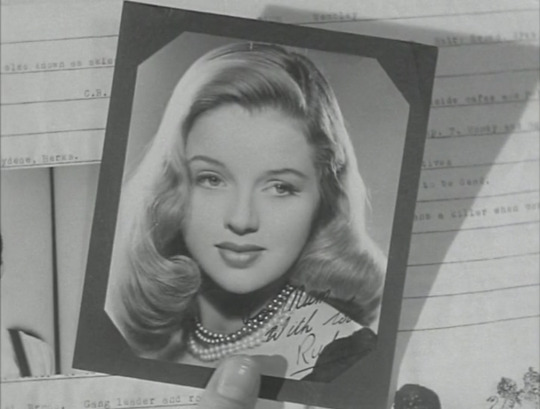
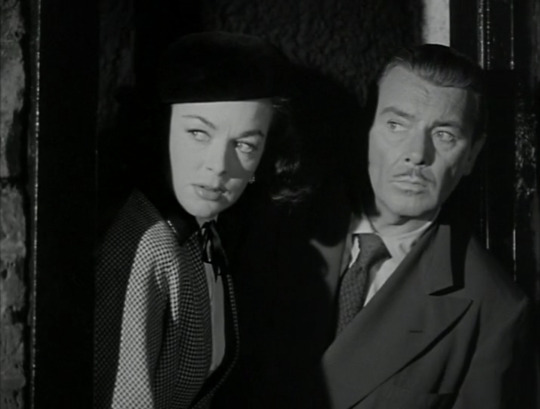
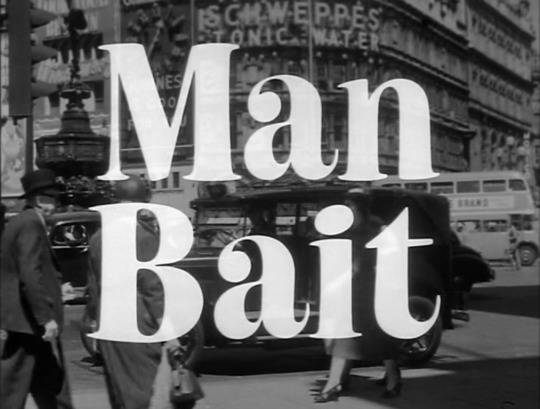
Man Bait | Terence Fisher | 1952
#Terence Fisher#Man Bait#1952#The Last Page#Diana Dors#Marguerite Chapman#Raymond Huntley#George Brent#Peter Reynolds
83 notes
·
View notes
Text
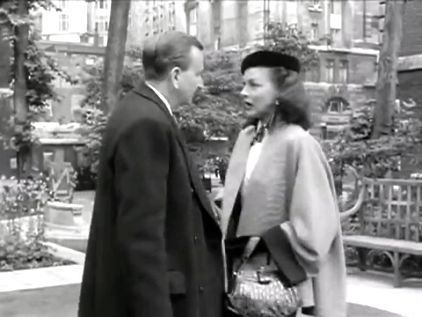
Raymond Huntley-Marguerite Chapman "Chantaje criminal" (The last page) 1952, de Terence Fisher.
3 notes
·
View notes
Photo



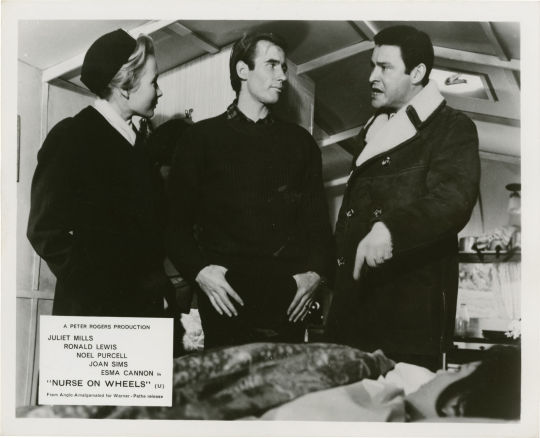
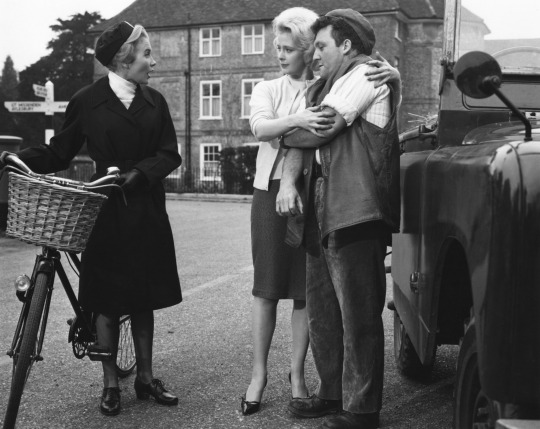

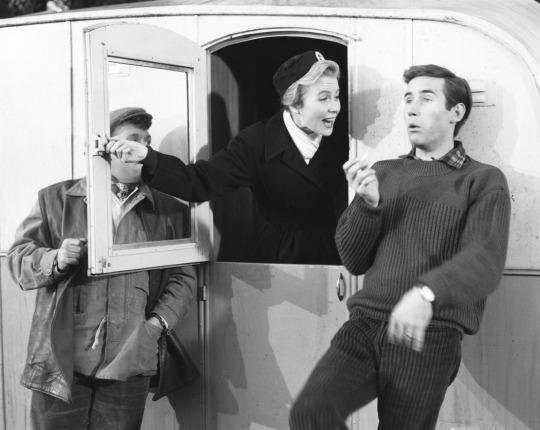
Nurse on Wheels (1963) Gerald Thomas
September 3rd 2022
#nurse on wheels#1963#gerald thomas#juliet mills#esma cannon#ronald lewis#joan sims#norman rossington#noel purcell#joan hickson#athene seyler#jim dale#ronald howard#raymond huntley#renee houston#amanda reiss#david horne#george woodbridge#virginia vernon
3 notes
·
View notes
Photo

Movie poster by an unknown artist for the 1948 Paramount film So Evil My Love.
#movie poster#Paramount Pictures#So Evil My Love#1948 movies#Ray Milland#Ann Todd#Geraldine Fitzgerald#Raymond Huntley
2 notes
·
View notes